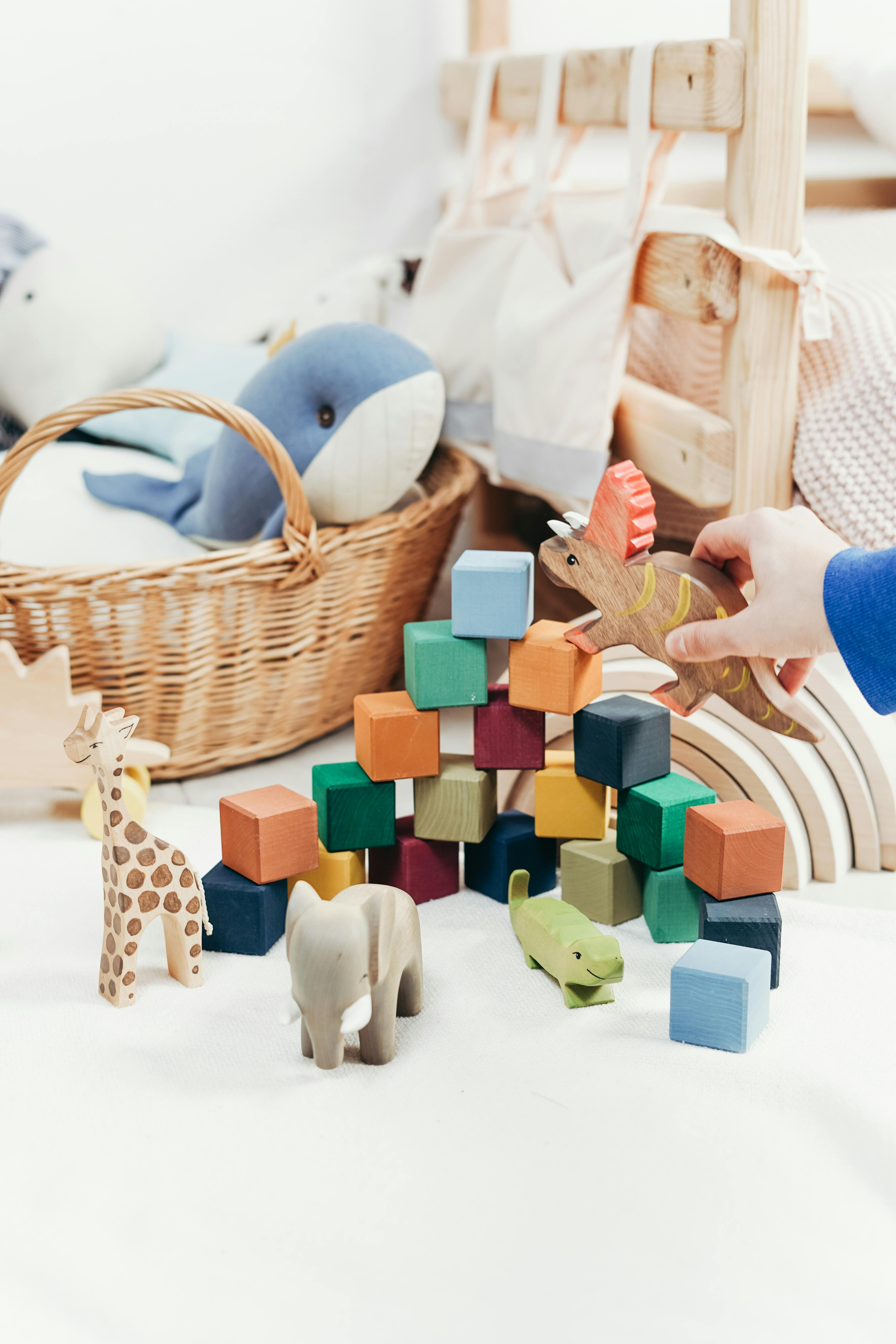
Smart Ways to Optimize Aquaponics Fish Tank for 2025 Success
Understanding Aquaponics Systems
Aquaponics is an innovative approach to food production combining aquaculture (raising fish) and hydroponics (growing plants without soil). By creating a symbiotic environment, aquaponics systems can produce fish and plants sustainably, making them crucial for sustainable aquaculture and food security in the coming years. Understanding this system's fundamental principles helps ensure optimal fish tank setup and maintenance. In a well-designed aquaponics system, the fish waste provides essential nutrients for the plants, which, in turn, purify the water for the fish. This closed-loop system emphasizes ecosystem balance, maximizing the potential of aquaponics for urban agriculture and backyard farming. As environmental concerns rise, optimizing aquaponics setups becomes essential to achieving sustainable food production. Building on these fundamentals, there are specific techniques and methods that can enhance the efficiency and productivity of your aquaponics fish tank, leading to greater success in 2025 and beyond.Choosing the Right Aquaponics Fish Species
Selecting the most suitable fish species for your aquaponics system is critical for optimal fish growth and overall system health. Popular species for aquaponic systems include tilapia, trout, catfish, and goldfish. Each species has specific requirements concerning water temperature, oxygen levels, and nutrient needs, so it’s necessary to research these factors thoroughly. Tilapia, notably, thrives in various conditions and grows quickly, making it a favored choice among aquaponic gardeners. Understanding the compatibility of fish species with aquaponics plants is also essential, as some fish contribute more effectively to nutrient cycling. To ensure the best outcomes, engaging with local aquaponics communities and educational resources can help you make informed decisions about your fish stock.Optimal Fish Tank Size and Setup
The fish tank size significantly impacts the overall efficiency of an aquaponic system. To calculate the ideal fish tank size, consider the number of fish, species, and the type of plants you want to grow. As a rule of thumb, a fish tank should be at least 10 gallons per fish, allowing for sufficient space for movement as well as waste management. Beyond size, the fish tank setup should include essential components such as water filtration systems, aeration devices, and heating units to maintain optimal water quality management. Incorporating LED grow lights can also enhance plant growth by providing necessary light wavelengths during indoor gardening. This naturally leads us to the significance of fish tank filtration and aeration systems, which play vital roles in sustaining your aquaponic ecosystem.Effective Fish Tank Filtration Techniques
Achieving ideal water quality in your aquaponics fish tank requires efficient filtration techniques. Mechanical, biological, and chemical filtration are the primary forms of filtration to be utilized effectively. - **Mechanical Filtration**: This process removes solid particles from the water through fine mesh filters or sponge systems. Regularly cleaning these filters prevents clogging and ensures the tank remains free from debris. - **Biological Filtration**: Beneficial bacteria convert harmful ammonia from fish waste into less toxic substances, which plants can utilize. Cultivating a robust biofilter allows the nitrogen cycle to thrive, boosting nutrient cycling and plant growth. - **Chemical Filtration**: Activated carbon can remove impurities and contaminants, ensuring the water remains healthy for both fish and plants. By including various filtration systems, you enhance your fish's health while optimizing nutrient delivery for plant growth. Maintaining water stability in aquaponics is essential for preventing fish diseases and promoting aquatic biodiversity.Managing Water Quality for Aquaponic Success
Water quality management is critical to the success of any aquaponics system. Monitoring key parameters such as pH, ammonia, nitrites, and nitrates is essential. Regular testing can prevent fluctuations that might harm fish or plants. The ideal pH range for an aquaponics system is typically between 6.8 to 7.2, balancing plant growth while ensuring fish comfort. Effective aquaponic gardening also involves attention to temperature control, as most fish and plants have optimal temperature ranges for growth. Consider using aquarium heaters or chillers if needed to maintain consistent temperatures. Building on these water quality aspects, understanding the roles of aquaponic growing media in maintaining aquatic ecosystems is equally important.The Role of Aquaponic Growing Media
Choosing the right growing media is vital for your aquaponics design. Various media types such as expanded clay pellets, rock wool, and coconut coir provide aeration and drainage, crucial for plant roots while supporting beneficial microbes. The right media will facilitate good water drainage, promote optimum root health, and assist in nutrient cycling. This layer of the system also aids in maintaining humidity and temperature levels within the aquaponics garden while contributing to the overall aesthetics. Incorporate techniques like crop rotation and seasonal crops in aquaponics to maximize your growing space and ensure year-round productivity.Challenges in Aquaponics and How to Overcome Them
Every aquaponics system faces unique challenges such as pests, diseases, and nutrient imbalances. Effective pest control in aquaponics can involve utilizing beneficial insects, manual removal techniques, and organic treatments to minimize crop damage. Regular maintenance checks are key to identifying underlying problems before they escalate. Documenting aquaponics troubleshooting practices can help you and your community navigate challenges more effectively. Always remain proactive in your aquaponics system management to cultivate a thriving ecosystem.Common Questions About Aquaponics Management
What are the benefits of aquaponics systems?
Aquaponics systems offer multiple benefits, including efficient water usage, inherent sustainability through the closed-loop system, and the ability to produce both fish and vegetables simultaneously. This approach minimizes pesticides and promotes organic farming practices, aligning well with global sustainability goals.How do I start with indoor aquaponics?
Initiating an indoor aquaponics system includes selecting the right fish species and plants, determining the appropriate tank size, and investing in essential equipment such as filtration and lighting systems. Consider starting with aquaponics kits designed for beginners to simplify the initial setup process.What are the best fish for aquaponics?
Tilapia, goldfish, and catfish are among the most suited fish species for aquaponics due to their resilience and adaptability. Evaluating fish species for their growth rates, compatibility with chosen plants, and environmental needs is critical for ensuring a balanced ecosystem.How to maintain water quality in an aquaponics setup?
Regular monitoring and testing of water quality parameters such as pH, ammonia, nitrate, and nitrite levels are crucial. Implementing effective filtration systems and establishing beneficial bacteria populations can significantly enhance water stability and health.What are current aquaponics market trends?
Emerging market trends include eco-friendly aquaponics designs focusing on sustainability, advancements in aquaponics technology such as automated systems, and an increasing emphasis on organic aquaponics for a health-conscious consumer base.
